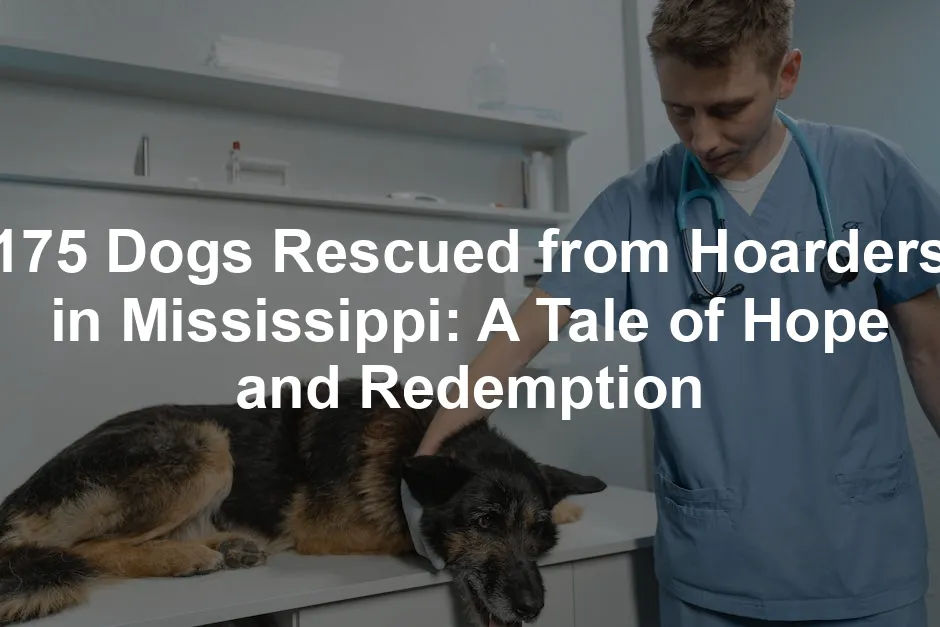Introduction
In a small Mississippi town, the walls of a home hid a heartbreaking secret: 175 dogs suffering in silence. Animal hoarding is a hidden epidemic, where well-meaning individuals become overwhelmed by their love for pets. Unfortunately, this affection can lead to neglect and dire living conditions. The case in Mississippi stands as a tragic reminder of the importance of intervention and rescue.
In 2011, the Humane Society embarked on a mission to save these dogs, uncovering a situation that shocked the community and highlighted the pressing need for animal welfare education. Reports revealed that the dogs were crammed into a dilapidated home, living in unsanitary conditions. Many were without proper food, clean water, or medical attention. The scene was not just heartbreaking; it was a call to action.
This article aims to raise awareness about animal hoarding, share the inspiring rescue story, and encourage community involvement. By discussing the challenges faced during the rescue and the subsequent rehabilitation efforts, we hope to ignite a spark of compassion and responsibility in our readers. Together, we can create a future where no animal suffers in silence.
As we unfold this tale of hope and redemption, let’s remember that every rescue story starts with a single act of kindness. It’s not just about saving lives; it’s about transforming futures. So, grab a cup of coffee, and let’s dive into the remarkable journey of these 175 dogs, who found their way from despair to a loving home.
This heartwarming tale showcases the rescue of 175 dogs from a hoarding situation in Mississippi, emphasizing the importance of intervention.
Summary of Key Points
In 2011, the rescue of 175 dogs from a hoarding situation in Mississippi revealed the grim reality of animal neglect. These dogs were found in cramped, filthy conditions, struggling to survive. The rescue operation was a monumental task that involved multiple organizations and dedicated volunteers. Together, they faced numerous challenges, including navigating the emotional trauma of the pets and ensuring their safety during extraction.
Once rescued, the dogs required urgent medical attention. Many suffered from malnutrition, skin infections, and untreated injuries. Vets worked tirelessly to provide vaccinations, treatment, and rehabilitation. The journey didn’t stop there; socialization efforts were crucial for helping these frightened animals regain their trust in humans.
Community involvement played a significant role in this rescue. Local residents rallied together, donating supplies and funds to support the shelters housing the dogs. Awareness campaigns educated the public about animal hoarding and its warning signs. This case sparked conversations about responsible pet ownership and the importance of recognizing when help is needed.
Speaking of responsible pet ownership, every dog deserves quality food to thrive. Consider the Royal Canin Size Health Nutrition Small Adult Formula for your furry friend. This specially formulated dog food is designed to meet the unique needs of small breeds, ensuring they receive the nutrition they need to stay happy and healthy.
After their rehabilitation, many dogs were ready for adoption, bringing joy to families across Mississippi. The success stories of these dogs finding loving homes became a beacon of hope, inspiring others to consider adopting pets in need.
So, what can we do to prevent such tragic situations in the future? Awareness, education, and compassion are key. Each of us holds the power to make a difference in the lives of animals. It starts with understanding, advocating for responsible pet ownership, and being vigilant in our communities. Together, we can ensure that no dog is left behind, and every pet finds a safe, loving home.

Background of Animal Hoarding
Definition and Causes
Animal hoarding is a complex situation. It occurs when individuals keep an excessive number of animals without the ability to care for them properly. Often, these situations arise from good intentions. People may start with a genuine desire to help animals in need. However, as the number of pets increases, they may become overwhelmed.
Psychologically, hoarding is linked to various mental health issues. Individuals may struggle with anxiety, depression, or obsessive-compulsive disorder. They might feel a strong emotional attachment to their pets, believing they are rescuing them from worse situations. Sadly, this can lead to neglect, as they cannot provide adequate food, shelter, or medical care. The pets suffer, living in unsanitary and unsafe conditions. This tragic cycle often goes unnoticed until a crisis occurs.
The Mississippi Case Context
Mississippi has faced significant animal welfare challenges. The state lacks sufficient resources and programs to address animal neglect and abuse. In 2011, a particularly egregious case came to light when 175 dogs were discovered living in dire conditions. The dogs were found in a cramped home, surrounded by filth and without basic care.
This situation highlighted the urgent need for increased awareness and intervention. The community was shocked to learn about the extent of the neglect. It was a wake-up call for many, emphasizing the importance of monitoring pet ownership and recognizing signs of hoarding. The Mississippi case served as a pivotal moment, sparking discussions around responsible ownership and the necessity of support for individuals struggling with hoarding behaviors.
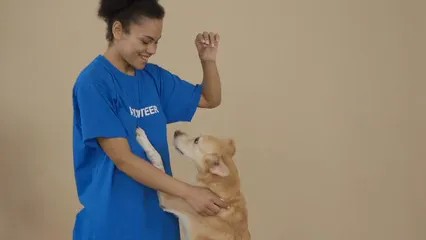
The Rescue Operation
Planning and Coordination
The rescue operation involved multiple organizations, including the Humane Society. Coordinating such a large-scale rescue required meticulous planning. Volunteers from various animal welfare groups joined forces to ensure a smooth operation. They faced several logistical challenges, including securing enough transportation and medical supplies for the dogs.
Approximately 100 volunteers participated in the rescue effort. They organized into teams, each tasked with specific roles. Some focused on assessing the dogs’ health, while others prepared to transport them to safe locations. Resources were pooled from various shelters and animal welfare organizations, allowing them to handle this extensive rescue efficiently.
The Rescue Day
On the day of the rescue, emotions ran high. Rescuers arrived at the hoarding location, prepared for the heartbreaking sight ahead. As they entered, the conditions were overwhelming. The air was thick with the stench of neglect, and the dogs appeared frightened and confused.
Witnesses reported that many dogs hid in corners, while others cowered in their own waste. One rescuer recalled finding a small dog, shaking uncontrollably. With patience and care, the team began to win the dogs’ trust, gently coaxing them from their hiding spots.
One volunteer shared an emotional moment when a dog, previously terrified, approached her. This brief interaction highlighted the potential for healing and recovery. The gravity of the situation weighed heavily on everyone involved. Despite the grim conditions, hope blossomed. Each dog rescued was a step toward a brighter future. The day marked not just the end of suffering but the beginning of a new chapter for these dogs.

Health and Rehabilitation of the Dogs
Medical Assessments
After the rescue, the health of the 175 dogs revealed a grim reality. Many suffered from skin infections, malnutrition, and untreated injuries. For example, some dogs had matted fur and severe dental issues. Others displayed signs of upper respiratory infections, a common ailment in overcrowded and unsanitary conditions.
Veterinary teams sprang into action, assessing each dog’s health. They provided vaccinations and medications to combat infections. Heartworm tests were conducted, and thankfully, many dogs tested negative, a small victory amidst the overwhelming challenges.
The veterinarians also noted some dogs were frightened and untrusting. This required a gentle approach to build their confidence. Each dog received individualized care, ensuring their specific needs were addressed. The medical assessments were crucial in setting a foundation for their rehabilitation journey.
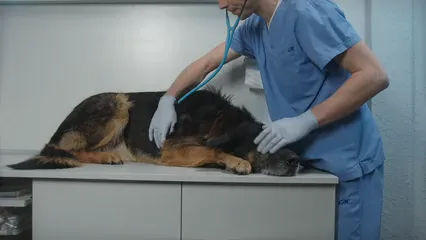
Rehabilitation Process
Rehabilitation for these dogs was a gradual and sensitive process. The first step focused on building trust. Many dogs arrived scared and confused. Volunteers spent time socializing with them, allowing the dogs to adjust to human interaction at their own pace.
One success story emerged from a timid Chihuahua named Bella. Initially, she cowered in the corner, unsure of her new surroundings. With consistent love and patience, Bella transformed. Within weeks, she was playfully exploring her environment, wagging her tail with newfound joy.
Another inspiring case was Max, a larger dog who struggled with anxiety. Through positive reinforcement techniques, he learned to trust humans again. Max soon began to approach volunteers, showcasing playful behavior rather than fear. His journey highlighted the power of patience and compassion in rehabilitation.
As the dogs healed physically and emotionally, adoption events were organized to find them loving homes. The success stories of Bella, Max, and others inspired many to consider adoption. The transformation from neglect to loving companionship was nothing short of miraculous.

Community Involvement and Awareness
Local and National Response
The rescue of these dogs sparked a wave of community support. Local residents rallied to provide donations, including food, blankets, and medical supplies. Volunteers flocked to shelters, eager to assist with the care of the rescued dogs.
Speaking of donations, if you’re looking for something to help your pet feel cozy and secure, check out the PetFusion Ultimate Dog Bed. This bed is designed for ultimate comfort, ensuring your furry friend has a warm place to rest after a long day of play.
Media coverage played a significant role in raising awareness about animal hoarding. News outlets reported on the rescue, highlighting the plight of the dogs. This coverage educated the public on the signs of hoarding and the importance of intervention.
The community’s response was heartwarming. Fundraising events emerged, aimed at supporting local shelters and promoting animal welfare. Schools and organizations organized outreach efforts, fostering discussions about responsible pet ownership.
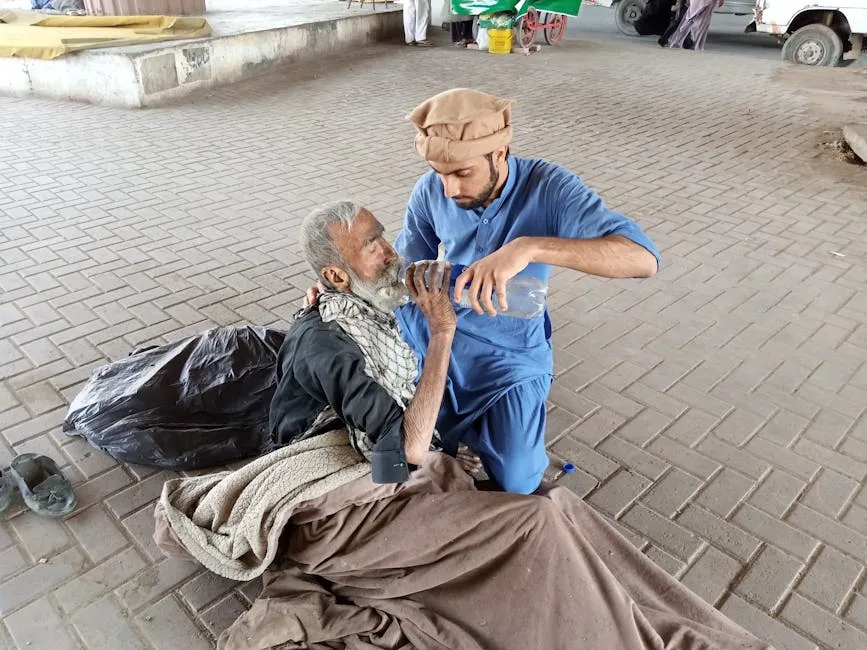
Educational Initiatives
Post-rescue, educational initiatives were launched to address animal welfare concerns. Workshops and seminars were held to teach the community about recognizing signs of animal hoarding.
Local animal shelters collaborated with schools to create programs focused on responsible pet ownership. These initiatives aimed to inform the public about the importance of spaying and neutering pets, ensuring fewer animals end up in distressing situations.
Educating the community about the warning signs of hoarding was crucial. Signs such as excessive accumulation of animals, poor living conditions, and neglect can often go unnoticed. Empowering individuals to speak up can make all the difference in preventing future cases of animal hoarding.
Through these collective efforts, the story of the 175 rescued dogs became a catalyst for change. The community learned valuable lessons about compassion, responsibility, and action. Together, they took important steps toward ensuring no animal suffers in silence again.

Adoption and Long-Term Impact
Adoption Process
After the rescue, the journey towards adoption began. The Humane Society of South Mississippi worked diligently to prepare the rescued dogs for their new lives. Each dog received updated vaccinations and thorough health assessments to ensure they were ready for adoption. The majority of these pups were Chihuahuas or Chihuahua mixes, perfect lap companions.
The public’s response was overwhelmingly positive. Adoption events were organized, and people from all over Mississippi came to meet these lovable dogs. The adoption fees were donation-based, making it easier for families to open their hearts and homes.
Heartwarming success stories soon followed. One family adopted a shy Chihuahua named Daisy. Initially timid, Daisy blossomed in her new environment, quickly becoming the family’s beloved companion. Another story features Max, who was nicknamed “the cuddler” after winning over a couple with his affectionate nature. These stories warmed hearts and inspired others to consider adoption, proving that love can conquer even the toughest beginnings.

Lasting Changes
The impact of the rescue rippled through the community. This case prompted discussions about animal welfare, leading to long-term changes in local policies. Animal control agencies began to prioritize education on responsible pet ownership. Community workshops aimed to inform residents about the signs of hoarding and how to intervene compassionately.
Moreover, the case highlighted the importance of local animal shelters. These organizations received increased support from citizens eager to help. Donations poured in, and volunteers stepped up to assist in ongoing care efforts.
For those looking to travel with their pets, consider investing in a Petmate Two Door Top Load Dog Kennel. This carrier is perfect for ensuring your pup travels safely and comfortably, whether it’s a trip to the vet or a vacation across the country.
The overall attitude towards animal care shifted. More people became vigilant about reporting suspected cases of neglect. Together, the rescue served as a catalyst for change, encouraging a culture of compassion and accountability. It’s a testament to the power of community action in transforming lives—both for animals and for the people who love them.
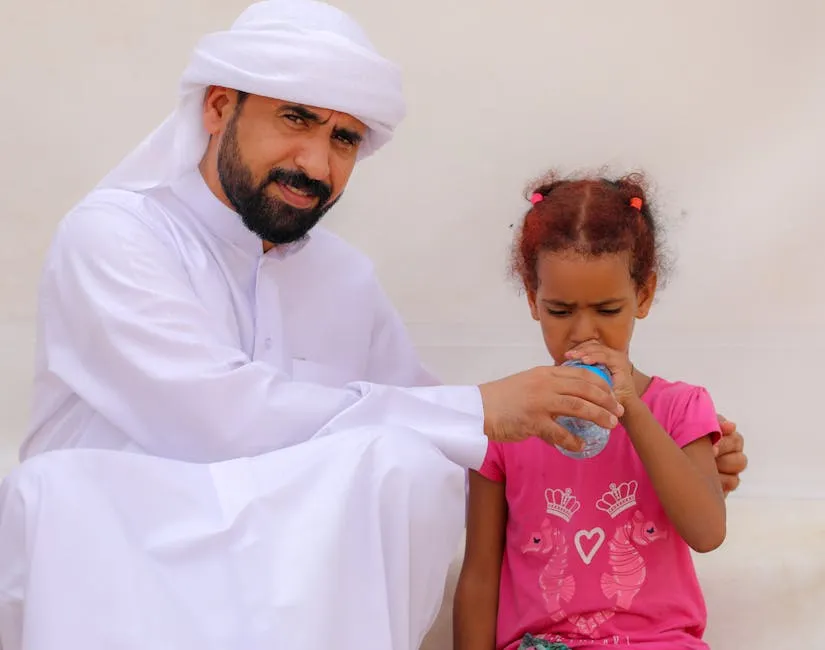
Lessons Learned and Future Directions
Key Takeaways
This rescue taught invaluable lessons about vigilance and responsibility in animal care. Recognizing signs of hoarding is crucial. Simple observations can prevent dire situations from escalating. Educating the community on responsible pet ownership is essential. Understanding the commitment required before bringing a pet home can lead to fewer cases of neglect.
Legislation also plays a significant role in preventing animal hoarding. Stricter laws and regulations can help protect vulnerable animals. Advocates are calling for stronger enforcement of existing laws to ensure those who hoard animals face consequences. It’s vital to create an environment where animal welfare is prioritized.
Future Initiatives
Looking ahead, both local and national animal welfare organizations can take steps to prevent similar situations. One potential initiative is the implementation of community outreach programs. These programs can educate the public about the importance of spaying and neutering pets, as well as recognizing signs of distress in animals.
Another direction is the enhancement of mental health resources for individuals struggling with hoarding tendencies. By providing support, we can help those affected navigate their challenges before they escalate. Collaborations between mental health professionals and animal welfare advocates can create comprehensive solutions.
Finally, fostering a culture of compassion within communities is paramount. Engaging in regular discussions about animal welfare can build awareness and empathy. The Mississippi rescue serves as a powerful reminder of what can happen when communities unite for a common cause. Together, we can ensure that future generations of animals are treated with kindness and respect.

Conclusion
The rescue of 175 dogs from a hoarding situation in Mississippi back in 2011 was more than just a remarkable story of recovery; it was a wake-up call. This event shed light on the dark reality of animal hoarding and the urgent need for community awareness and action. The dogs, trapped in a cycle of neglect, were given a second chance at life thanks to the dedicated efforts of rescuers and volunteers who worked tirelessly to pull them from dire circumstances.
Yet, the fight against animal hoarding continues. Every day, animals suffer in silence, waiting for someone to notice and act. As compassionate individuals, we can all play a role in combating this issue. Whether it’s through adoption, volunteering at local shelters, or advocating for stronger animal welfare laws, our involvement can create lasting change.
Now is the time to take action! Consider adopting a pet in need, fostering dogs or cats, or simply spreading the word about responsible pet ownership. Every small effort counts. Together, we can ensure that no animal is left in distress. Let’s be the difference-makers for those who cannot speak for themselves.
FAQs
What is Animal Hoarding?
Animal hoarding is a psychological condition where individuals keep more animals than they can care for, often leading to neglect. Those who hoard animals may start with good intentions, believing they are rescuing pets. However, as their collection grows, they may become overwhelmed. This behavior can stem from various mental health issues, such as anxiety or obsessive-compulsive disorder. Sadly, the animals involved often live in deplorable conditions, lacking proper food, shelter, and medical care.
How Can I Recognize Signs of Animal Hoarding?
Recognizing animal hoarding can be challenging, but there are common signs to look for: Excessive Number of Animals: More animals than the home can accommodate comfortably.Poor Living Conditions: The home is dirty, with waste accumulation and lack of cleanliness.Neglected Animals: Pets appear dirty, malnourished, or show signs of untreated health issues.Owner Struggles: The owner may show signs of distress, struggling to manage their living situation.If you suspect someone is hoarding animals, approach the situation with care and compassion.
What Should I Do if I Suspect Animal Hoarding?
If you suspect animal hoarding, it’s crucial to act responsibly. First, gather information about the situation, noting the number of animals and their conditions. Then, report your concerns to local animal control or humane societies. They have the resources to investigate the situation and take appropriate actions. Remember, approaching the suspected hoarder directly can often lead to conflict and may not be safe.
How Can I Help Rescue Animals?
There are many ways to support rescue efforts and improve animal welfare: Adopt: Consider adopting a pet from a shelter.Volunteer: Offer your time at local shelters to help care for animals.Donate: Contribute funds or supplies to animal rescue organizations.Educate: Share information about responsible pet ownership and the signs of hoarding within your community.By taking these steps, you can make a tangible difference in the lives of animals in need. Every action, no matter how small, can lead to a brighter future for many pets.
Please let us know what you think about our content by leaving a comment down below!
Thank you for reading till here 🙂
Don’t forget to keep your dog’s health in check with the right grooming tools. Check out the Bousnic Dog Grooming Kit for a complete grooming experience at home!
All images from Pexels

